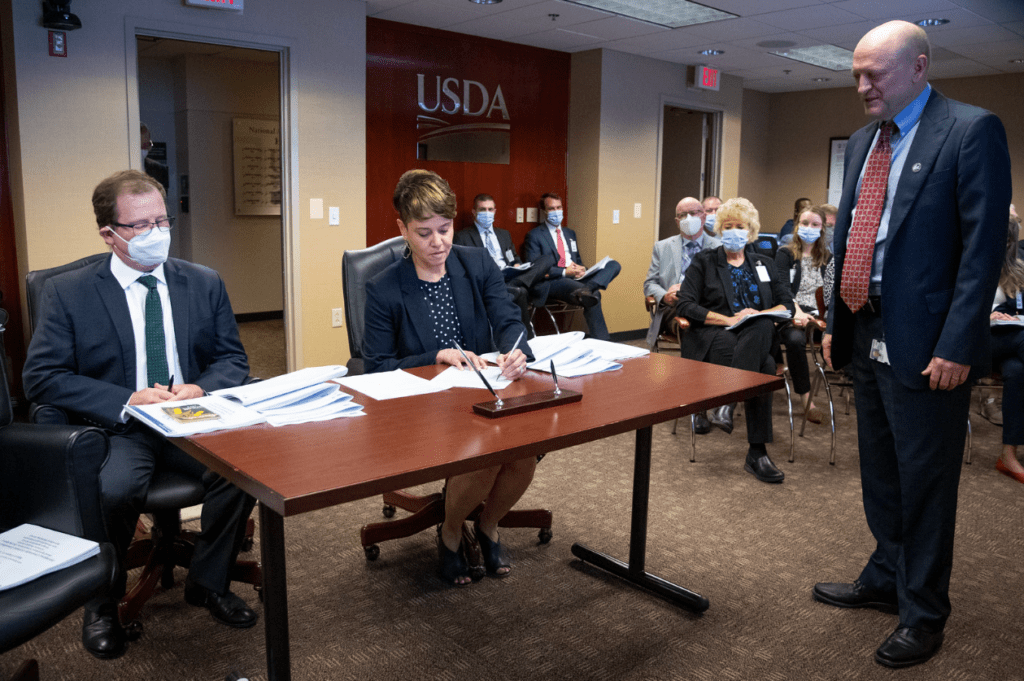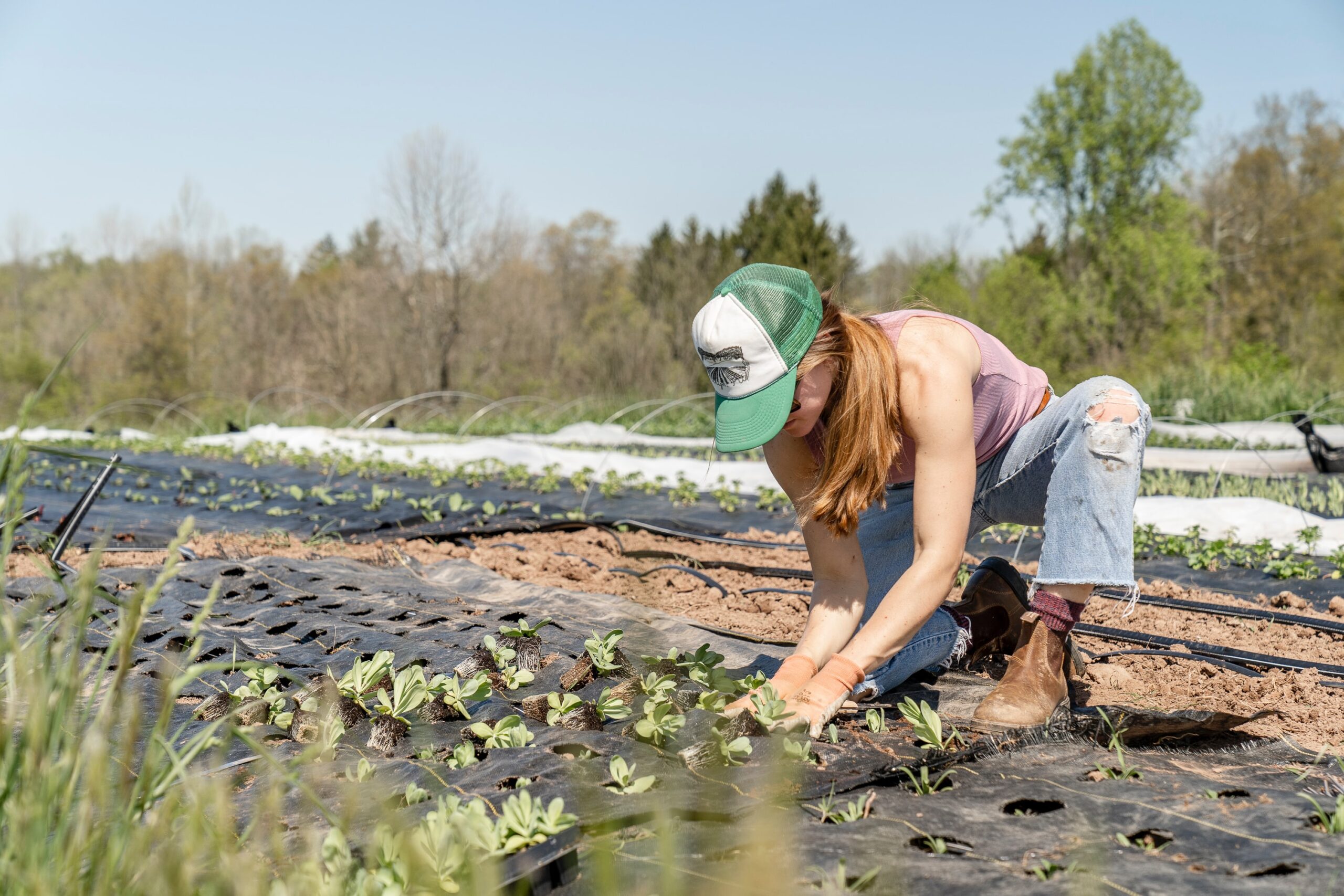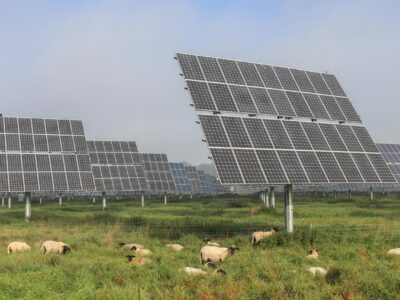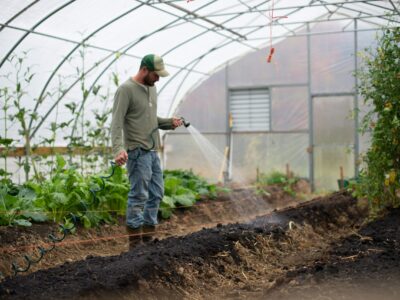Though the Inflation Reduction Act of 2022, signed into law in August, might not appear like an agricultural and environmental bill by name, it can be considered one in practice. The bill contains billions in earmarked funds for an assortment of measures aimed rewarding innovative agriculture techniques to reduce emissions, rollout of sustainable technologies, and more. Among the allotments is $20 billion for the promotion of “climate-smart agricultural practices” by way of several federal farm-related programs that use a variety of approaches to bolster America’s crop sector now and into the future.
If you feel that the term “climate-smart agriculture” sounds a bit vague or confusing, you’re not alone. The phrase’s existence and its sudden appearance in legislative addendums are likely due to a conscious rebranding or modernization of traditional conservation practices.
“Many of the practices we were once calling conservation practices we’re now calling climate-smart agriculture,” said University of Tennessee Institute of Agriculture professor Forbes Walker of the changing terminology. “The main idea behind climate-smart agriculture is protecting farms from extreme weather events while also reducing agriculture’s contribution to climate change.”

Climate-smart agriculture as a practice revolves around three core tenets:
- The sustainable increase in production of crops and farmer yields;
- The development of methods to adapt or build mitigate the changing climate and extreme weather conditions; and
- The reduction of greenhouse gas emissions whenever possible.
For farmers, this means embracing a few agricultural practices often covered by Consensus, like no-till farming, planting cover crops to increase natural carbon sequestration, and soil nutrient management or biochar use.
Adopting any or all of these is something the current administration has emphasized encouraging nationwide as they are generally lower-cost approaches to improving crop resiliency toward changes in climate effects and pest levels.
The $20 billion will be divided among four programs largely under management by the Department of Agriculture (USDA). The largest sum, $8.45 billion, is expected to go to the Environmental Quality Incentives Program, which provides technical and financial help to independent farmers and forest managers to address climate concerns that affect water and soil health. The program, which is entirely voluntary for any looking to apply, offers a host of advantages to participants, including reduced contamination from agricultural sources, greater effectiveness in the use of resources, and better soil health for greater resiliency to extreme weather events. Another $6.75 billion will go to the Regional Conservation Partnership Program, an initiative designed to merge public and private investment in conservation projects around the country.
The remaining $5 billion will be split between two conservation-based USDA programs. The Conservation Stewardship Program will receive $3.25 billion. It works together with farmers to develop plans for meeting emissions or crop nutrient goals. Another $1.4 billion will go to the Agricultural Conservation Easement Program, which looks to protect and preserve land limited to agricultural use and wetlands and grasslands from development. Both funding allotments will be dispersed over four years ending in 2026.
“There’s going to be a lot more opportunity for farmers, who are the best stewards of the land, to adopt practices that will make them less reliant on chemicals, that will sequester more carbon and create a lot of other environmental benefits,” said Sen. Cory Booker, who worked to include the $20 billion provision during his time on the senate agricultural committee.
Support has been echoed among the private sector’s agricultural leaders, who argue that public action is necessary for farmers who want to move in a sustainable direction but are hampered by the realities of market forces. “They care about their soil and want to do the right thing,” said Indigo Ag CEO Ron Hovsepian. “But when you speak to a farmer, it’s an economic discussion first.”





